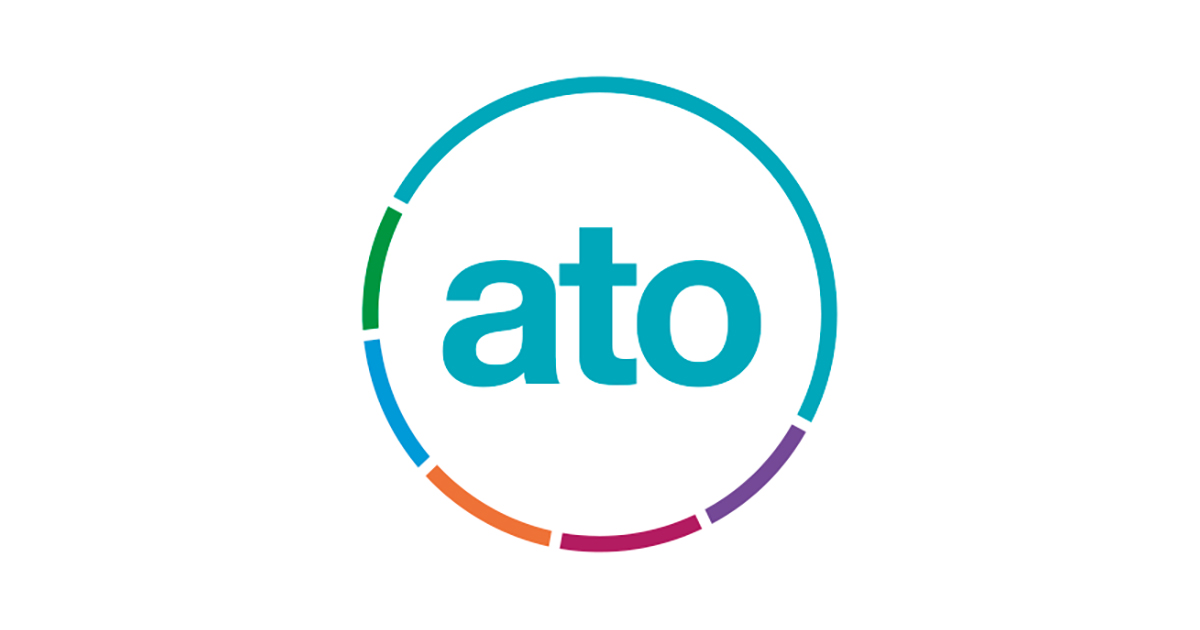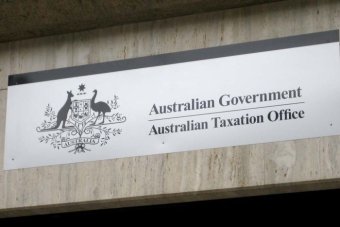There were several important bills passed during the June 2020 parliamentary sitting, none more so than the bill that provides a much needed 12 months extension for financial advisers to pass the FASEA exam.
One bill, the Treasury Laws Amendment (registries modernisation and other measures) Bill 2019, which passed both houses of parliament on 12 June 2020 without much attention, contains a new initiative which will impact SMSFs with a corporate trustee.
This new initiative will require all directors, including the directors of a corporate trustee that acts as the trustee of an SMSF, to obtain a Director Identification Number (DIN). It applies to a person who is a director of a registered body which, for the purposes of this law, includes a company, registered foreign company or registered Australian body which is registered under the Corporations Act.
The new DIN regime is being introduced to deter and detect phoenix activity which occurs when the controllers of a company deliberately avoid paying liabilities by shutting down an indebted company and transferring the assets to another company. According to the Explanatory Memorandum that accompanied the bill, it is estimated that phoenixing costs the Australian economy somewhere between $2.9 billion and $5.1 billion annually.
A person will keep their unique DIN permanently even if they cease to be a director and it’s not intended that a person’s DIN will ever be re-issued to someone else or that one person will ever be issued with more than one. As such, the DIN will provide traceability of a director’s relationships across companies, enabling better tracking of directors of failed companies and will prevent the use of fictitious identifies.
It will also help regulators and external administrators to investigate a director’s involvement in repeated unlawful activity including illegal phoenix activity. Although the law has in the past required directors’ details to be lodged with ASIC, it has not required the regulator to verify the identity of directors.
Under the new regime the Minister will appoint an existing Commonwealth body to be the registrar. The registrar will be responsible for the administration of the regime including the processing of DIN applications. After receiving an application, the registrar must provide the director with a DIN if the registrar is satisfied that the director’s identity has been established. This is the case unless a DIN has already been issued to the director as the integrity of the regime requires each director to hold no more than one DIN.
To allow sufficient time for the development of systems, processes and new technology, the DIN regime will not commence until 12 June 2022, unless an earlier date is set. All existing directors, including acting alternate directors, at this time will be given a period of time to apply for a DIN.
A person who is appointed a director within the first 12 months of the new regime’s operation will be given 28 days to apply for a DIN. After this transitional period ends, the standard rule applies, that is, a director must apply for a DIN prior to being appointed as a director. This transitional period is designed to provide time for new directors to become familiar with the new requirement and for any information or awareness campaigns in relation to it to take effect.
From 12 June 2022 (or an earlier date if one is set), SMSF establishment processes will need to be updated to ensure a person who is to be appointed as a director of the corporate trustee of the fund has a DIN. If the person does not already have a DIN, during the transitional period, an application for a DIN will need to be made within 28 days of their appointment as a director. After this transitional period ends, the application for a DIN must be made prior to their appointment as a director. The same rules will apply to a person who, from 12 June 2022 (or an earlier date if one is set), is appointed as a director or alternative director of a company that was in existence at 12 June 2022.
While the need to obtain a DIN introduces an additional step for SMSFs established with a corporate trustee, it should be remembered that a corporate trustee has many advantages over an individual trustee structure and should remain the preferred option for clients. The introduction of the new DIN regime will enhance the integrity of the SMSF sector by ensuring the identity of a person who is or will be the director of a company that acts as the corporate trustee of an SMSF, has been verified by a Commonwealth body. It should also help to ensure that those who act in the capacity of a director of a corporate trustee of an SMSF are not disqualified from doing so.
What has not changed
While the regulations to allow individuals aged 65 and 66 to make voluntary superannuation contributions without satisfying a work test have been passed, unfortunately amendments to the Income Tax Assessment Act 1997 to allow these individuals to bring forward their non-concessional contributions, did not pass the June sitting of Parliament.
This change is slated to start from 1 July 2020 but will now not be passed until after this date. While we can’t assume this amendment will be passed by the Parliament, we don’t consider this amendment to be politically controversial and therefore expect it will receive a smooth passage through the Parliament when it sits again later in the year. Once passed we expect this amendment will apply from 1 July 2020, as originally intended.
The delayed passage of the legislation does create some difficulties particularly for clients turning 65 in the 2019/20 financial year. If the law is amended as intended, clients turning 65 in the 2019/20 financial year who have the capacity to contribute $300,000, and are looking to maximise the amount they can contribute in the remaining few years before their retirement, may be better off not triggering the bring-forward period until the next financial year.
Staying across the measures which have now been enacted, those that have not and measures from other bills which impact on SMSFs, is never an easy task. In the current environment, where legislation has been rapidly changing, it has never been more important for advisers to stay up to date with the latest developments and strategies.
Source: SMSF Adviser & SMSF Association




